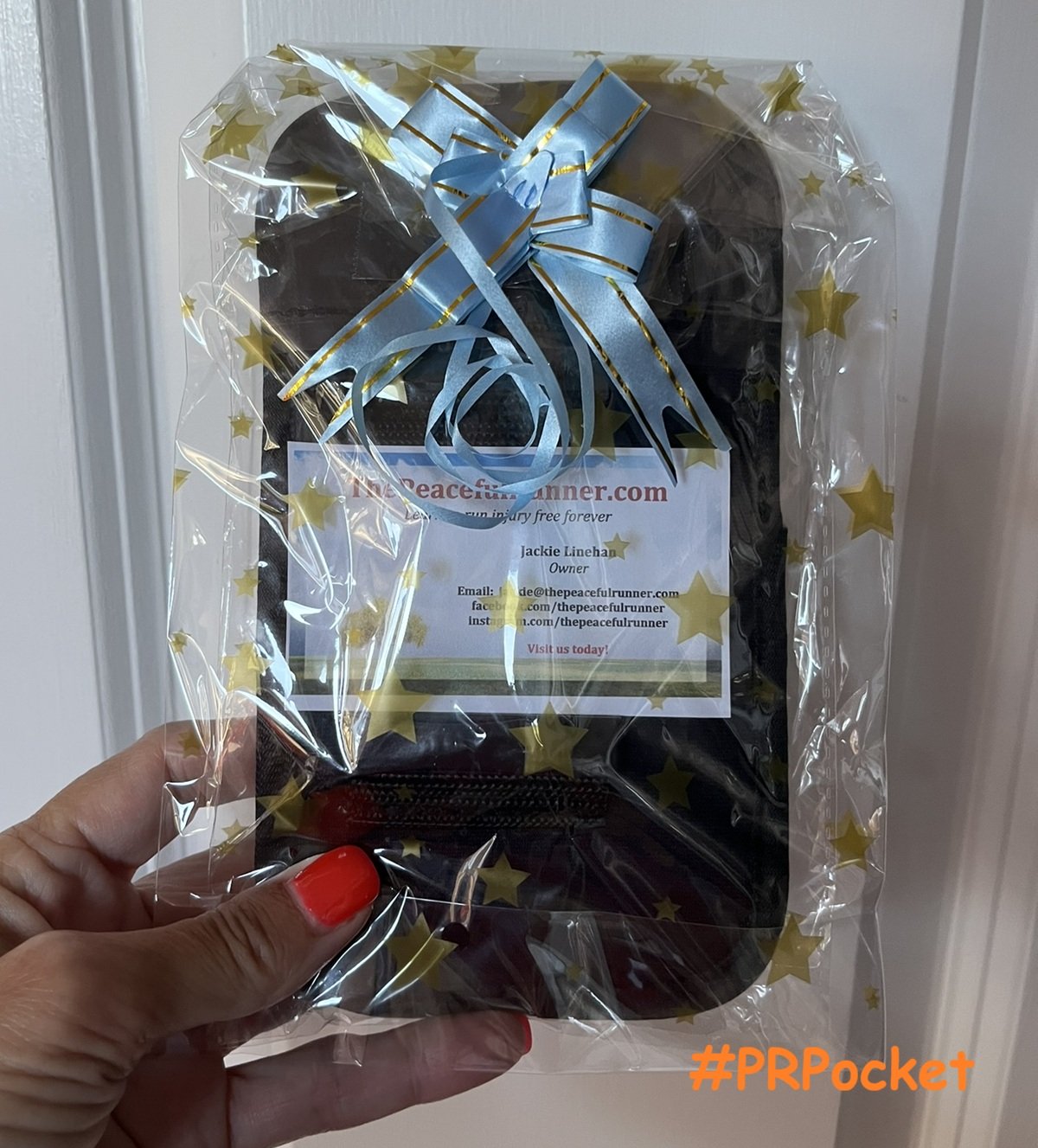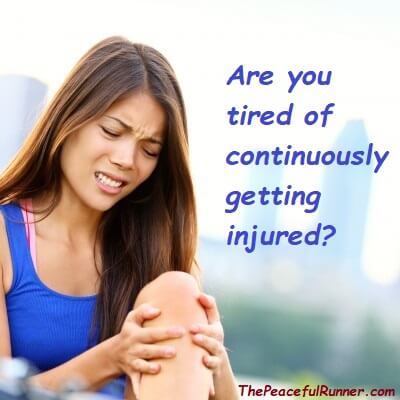- Home
- Running Tips
Running Tips to Help you Run Injury Free
Good running tips can help prevent running injuries. Developing a running injury can be devastating to a runner. It can result in months of rest, rehabilitation, doing cross training activities and carefully easing back to running.
Don't let an injury keep you from doing the activity you love most. Check out the following running tips to help you run injury free.
Over-training - Most running injuries are a result of pushing our bodies too much too fast. Beginners should only run every other day. Rest days are important for recovery and you should take two rest days each week.
Listen to your body. If you feel too tired to run, don't run. Sometimes other factors rather than training can affect our energy levels, i.e. stressful job, family issues, etc.
It is not the end of the world or the end of your training if you miss a scheduled run. There will be many more days that you will feel fantastic and will experience a totally enjoyable run.
Hill Training - Use hill training programs to develop your strength, speed and endurance. Hill training is low impact with minimal risk of injury as long as you follow a program and run them properly as explained here: Hill Training. It is a quick and easy way to improve your running performance.
Downhill Running - Running down hills can be fun because it feels so easy but it can cause a lot of damage if you do too much without proper training. It is important to learn how to run down hills properly not only to prevent serious long term damage but for the great benefits downhill running offers.
Improve Your Breathing While Running - How you breathe while running can make all in the difference in how you feel during and after running. Improving your breathing is probably one of the most important and effective running tips that you can implement, but many runners ignore it.
Shallow upper chest breathing can cause your shoulders to feel tense and you will not be providing your body with the oxygen it needs to run properly. Deep breathing using your diaphragm will help provide a proper oxygen exchange and an efficient supply of energy for running. Read more about Breathing While Running.
Correct Running Form - Incorrect running form is often the cause of many running injuries. If your body is not in proper alignment, it will create stress on your body in a particular area. With repeated misalignment, this area will most likely suffer an overuse injury. Check your running form to ensure injury free running. If you are a barefoot runner, check out barefoot running form.
Correct Running Shoes - Are you an overpronator, underpronator or a neutral pronator? Not sure? Have your feet examined by a shoe expert or check out Best Running Shoes to help your determine your foot category.
Walk breaks - Develop a regular run/walk schedule that works for you. Walk breaks give your fatigued muscles an opportunity to recover. You will be able to run longer and you will feel better.
Follow a training program - Make sure that you are following a training program that has been developed and tested by professionals. Don't just run haphazardly from one workout to another. Without a plan, you are less likely to reach your goals and more likely to develop running injuries. Try a free training programs with Hal Higdon. He offers various distances at various skill levels.
Use a Pace Calculator - A Running Pace Calculator will help you keep your pace even, especially during races when you are tempted to start out fast. You are less likely to get injured if you keep an even pace during your race.
Hydration - It is important for your body to be well-hydrated, especially on those longer runs. Be sure to drink about two litres of water the day before your long run and drink regularly during the run. When you are thirsty, it is already too late.
Have you tried coconut water for hydration? It is a healthy alternative to sports drinks and it has many other health benefits that you probably did not know.
Stretching - Many runners do not stretch before running. They prefer to start running slowly and gradually pick up the pace rather than stretch to warm-up. However, many runners like stretching after running. It can help relieve muscle tightness as it flushes the build-up of lactic acid that has occurred while running.
Sometimes after running you may feel like having a deep tissue massage to relieve and relax your tight muscles. Learn how to use a foam roller to give yourself a self-myofascial release or self-massage at your convenience.
More Running Tips
Want more running tips? You may be interested in these other articles:
Race Day Tips to improve your race day experience
Do you Nose Breath while Running?
Do You Have A Great Running Tip to Prevent Injuries?
Share it with your fellow runners! It's easy - just enter the title of your tip to begin....
Read Other Great Running Tips!
Click below to see great running tips from other runners...
To Make Running Easy and Fun
I think the best way to stay injury free is to make running feel as easy as possible. I intend to improve my running form and my breathing to promote the …
Don't Ignore Pain
If you feel pain while running, you should stop and listen to your body. Do this test to be sure. If the pain doesn't go away after 10 minutes of running, …
Always maintain your running form
When we get tired or become too warm, we often ignore our running form and we can easily become injured. This is when we most need to focus on our proper …
Back to top of Running Tips
Back to Running Injury Free
- Home
- Running Tips
FTC Disclosure: As an Amazon Associate, I earn from qualifying purchases. Learn more
NEW FEATURE - DISQUS COMMENTS!
Login using Facebook, Twitter, Google or Disqus.
Recent Articles
-
How to Choose the Best Treadmill for Your Home
Dec 10, 25 07:13 AM
-
Winter Running Tips and the Best Waterproof Running Shoes
Nov 15, 25 01:55 PM
-
When the Music Stops, Awareness Begins
Nov 05, 25 10:54 AM
-
Get yours in time for gift giving!
Oct 24, 25 12:32 PM
-
Change How You Deal with Running Pain
Oct 10, 25 08:53 AM
-
Surprising Benefits of Backwards Running
Sep 15, 25 12:40 PM
-
It's an Awesome Product!
Aug 28, 25 09:25 AM
I went out for a walk this morning and I used the #PRPocket for the first time. I had to check at least 3 times because I thought I lost my phone (iPhone -
Running in Hot Weather: What Every Runner Needs to Know!
Aug 14, 25 01:00 PM
-
Sick of Dieting? You’re Not Alone — And There Is a Better Way.
Jul 30, 25 12:18 PM
-
Tips and Drills to Improve Your Running Cadence
Jul 25, 25 12:52 PM



















